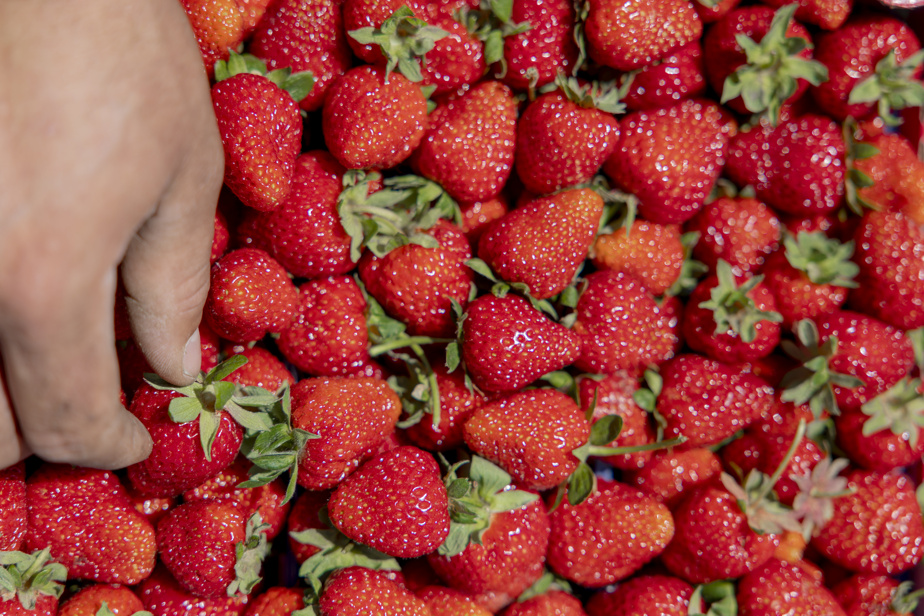An increase in global temperature of about 1.6 oC compared to the average of the last 30 years could lead to a reduction in strawberry harvests of up to 40%, warns an analysis carried out at the University of Waterloo.
Such a significant decline in supply would inevitably lead to a spike in prices, the researchers point out. And while the study looked at strawberry crops in California, it is “unfortunately” safe to assume that crops of other berries elsewhere in the world would also be affected, said Professor Kumaraswamy Ponnambalam of the University of Waterloo in Ontario.
“The results would be more transferable to similar latitudes (to California),” he said. “Strawberries are a fragile crop, they need both cold and warm temperatures at the right time, otherwise it won’t work.”
Let us recall that the Paris Agreement signed in 2016 provides for limiting to 1.5 oC global warming above pre-industrial levels — a target the world is at serious risk of missing, many experts say.
The Ontario researchers used a model that predicts the likelihood of yield loss by relating air temperature anomalies to strawberry crop yields. This process allowed them to measure greater variability over time and produced results that are being touted as the most accurate to date.
“We were interested in the extremes rather than the averages, and that’s what makes this work different,” Ponnambalam said. “We also used very sophisticated statistical analysis tools that are not that common.”
Integrating temperature anomalies into crop models helps optimize resource allocation, improve crop yield forecasts, and strengthen the resilience of agricultural systems, the authors write.
“Unfortunately, it’s already happening”
The impact of climate was easy to identify, added Professor Ponnambalam, because it is the only variable over which farmers have no control, compared to factors such as soil moisture level, for example.
The researchers focused on California because it was the only jurisdiction for which they had the necessary data, Ponnambalam said.
The numbers show that there is an 80% chance that we will have a loss of yield, whether small, medium or large.
Kumaraswamy Ponnambalam, professor at the University of Waterloo
Changes can only be discerned from 1.6 oC, Professor Ponnambalam said; no change is really measurable below this threshold.
“Even areas where you could grow wheat can’t grow it because it’s too hot and they have to grow corn,” Ponnambalam said. “So even cereals, which are a much more essential crop than strawberries, are being affected. We were hoping this would happen in 50 years, but unfortunately it’s already happening.”
Quebec is the leading strawberry-producing province in Canada, according to the Government of Quebec. It is also the second-largest raspberry-producing province. In 2021, the value of Quebec exports of fresh and processed strawberries and raspberries was $7.5 million. The United States is the main importer of fresh strawberries and raspberries from Quebec.
The global strawberry market was valued at US$3 billion in 2020. Canada imported strawberries from California in 2022 worth US$322.8 million.
The findings of this study were published in the scientific journal Sustainability.
